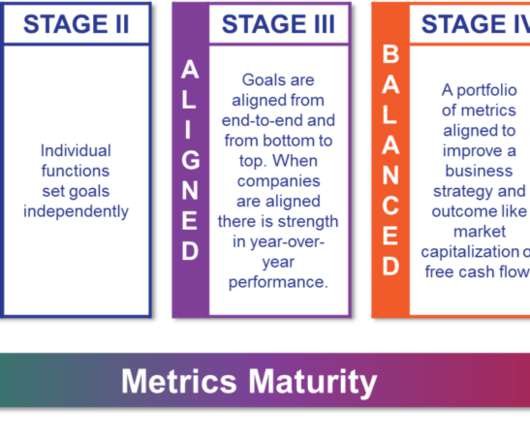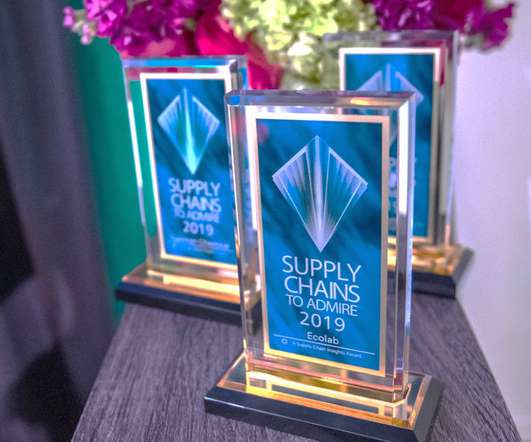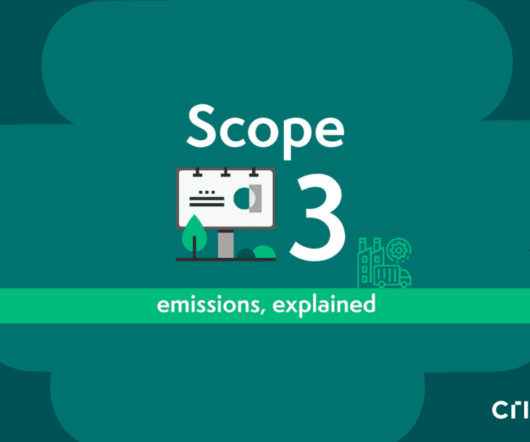Supply Chain Leaders Rearranging Deck Chairs? Yes, I Think So.
Supply Chain Shaman
JULY 19, 2020
The supply chain is complex non-linear system that is easily thrown out of balance through a focus on functional metrics. They rock back and forth in improving singular metrics but struggle to improve a portfolio of growth, margin, inventory performance, and asset utilization. Comparing 2010-2019. Change metrics systems.









































Let's personalize your content